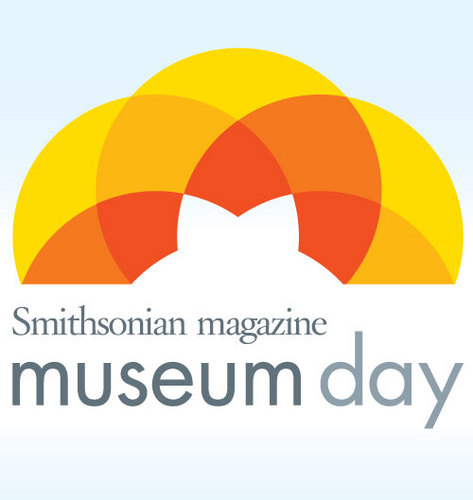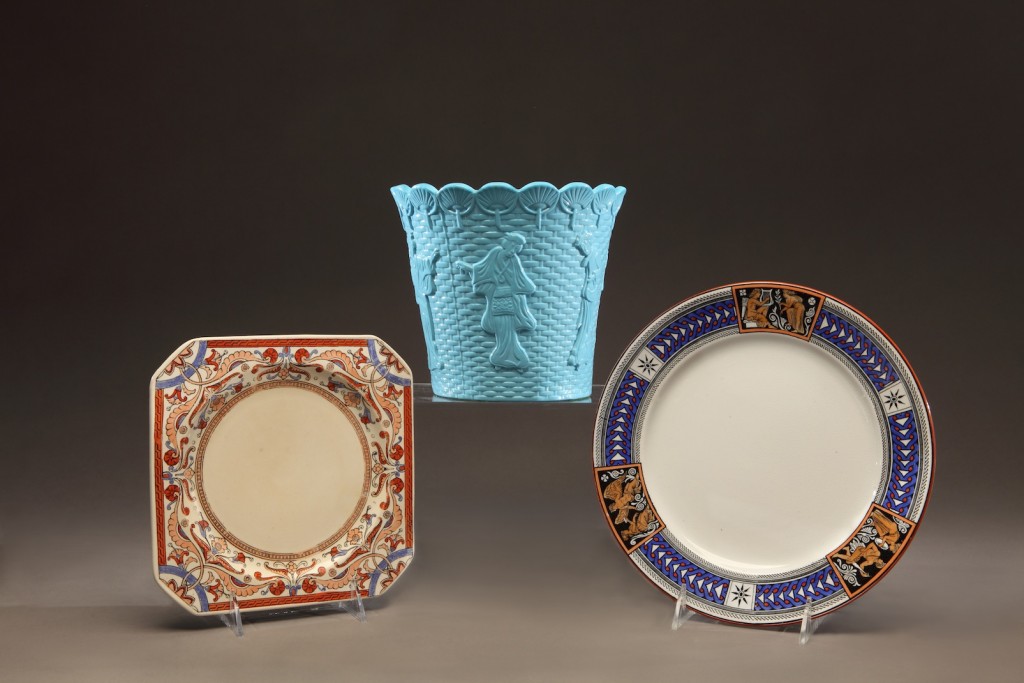
MASS PRODUCED has been extended!
This exhibition aims to examine the impact of industrial techniques on mass-produced objects for the home. The nineteenth century saw an explosion in the quantity and types of merchandise available for purchase, largely due to manufacturing techniques that allowed goods to be produced more cost-effectively. The look of glass, ceramic, and silver wares for the table and for decoration changed with the application of new practices.
Mold-pressed glass became widespread early in the century and glassworkers used the technique to create jardinieres and vases. Ceramic manufacturers employed transfer printing to decorate dinner and tea wares, affordable alternatives to hand-painted ceramics. Silver tablewares gleamed with a thin coating of silver applied by electroplating, the fusing of the precious metal to a base metal after fabrication. New processes, as well as modifications and rediscoveries of old techniques, allowed an upsurge of options and styles, attainable for the average person.
Pressed glass, transfer-printed ceramics and silver produced by firms such as Sowerby Glassworks, Josiah Wedgwood and Sons, Minton Pottery and Porcelain Factory, and Elkington and Company will be on view. MASS PRODUCED will highlight rich examples of nineteenth-century British decorative arts in NOMA’s collection and explore the fascinating relationships between design, technology, and mass production.
MASS PRODUCED: Technology in Nineteenth-century English Design will be on view in the Cameo Galleries until November 11, 2012.
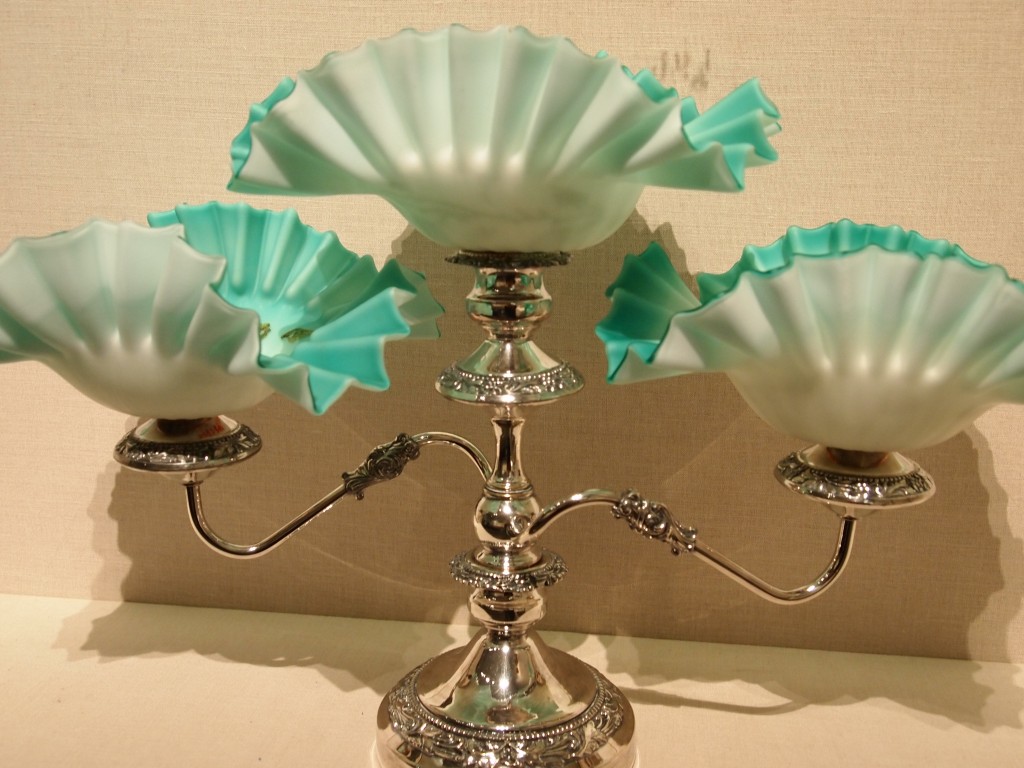
Exhibit 5 (Mass Produced)
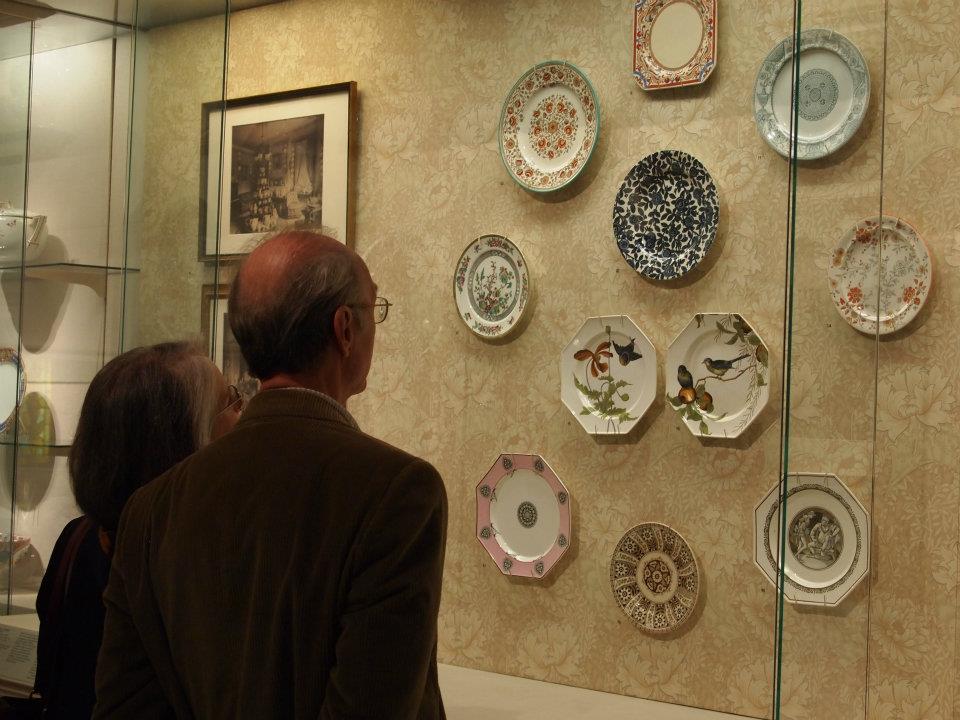
Exhibit 6 (Mass Produced)
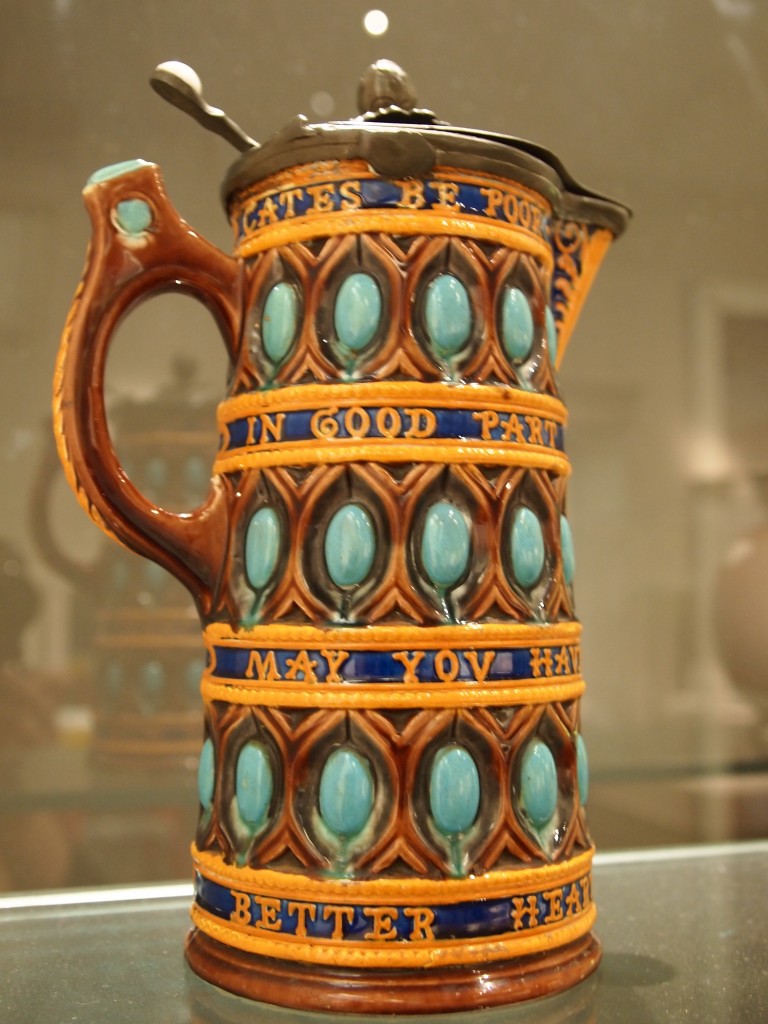
Exhibit 1 (Mass Produced)
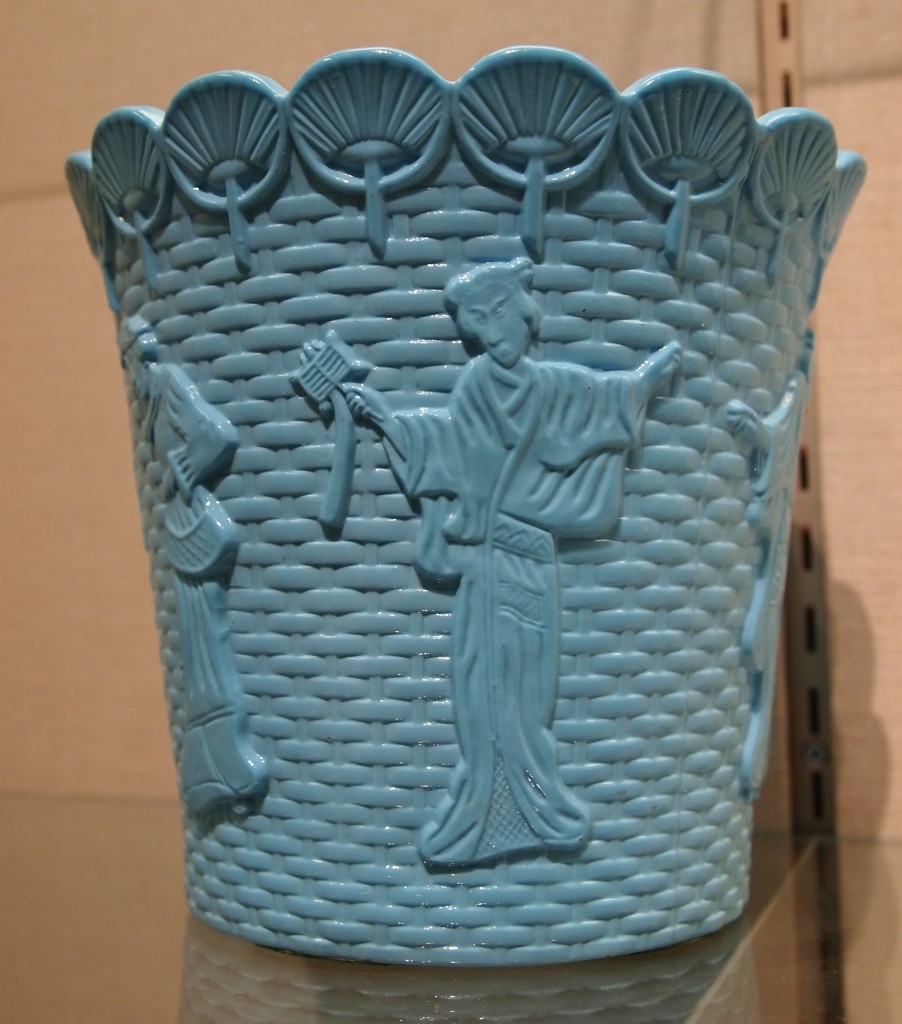
Exhibit 2 (Mass Produced)
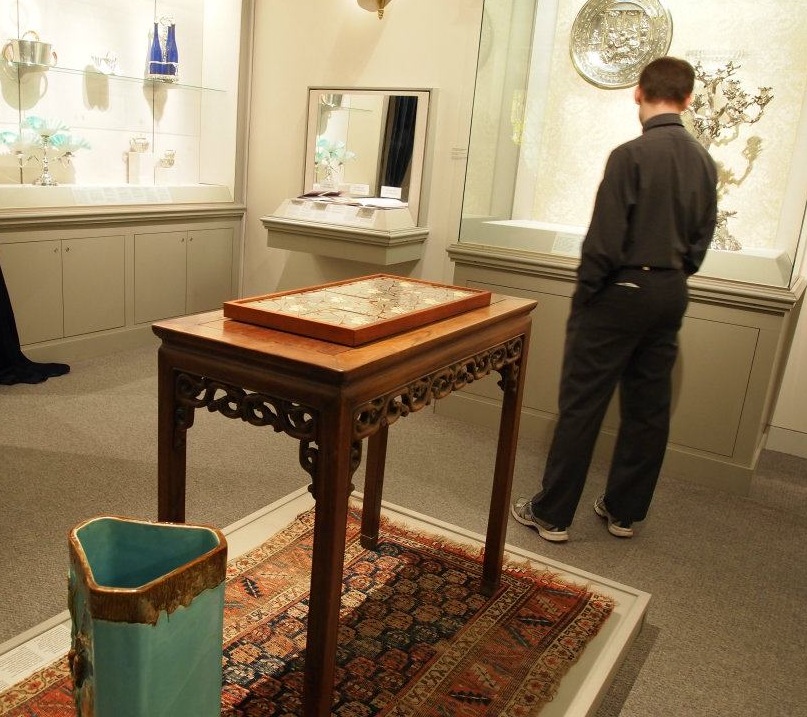
Exhibit 3 (Mass Produced)

